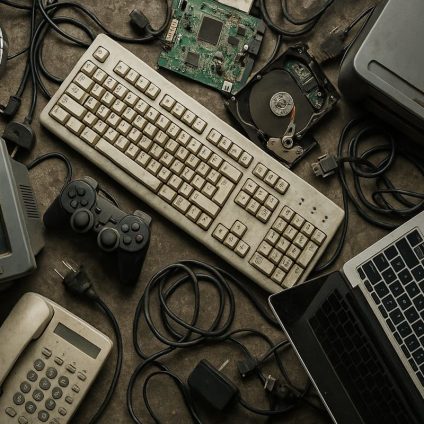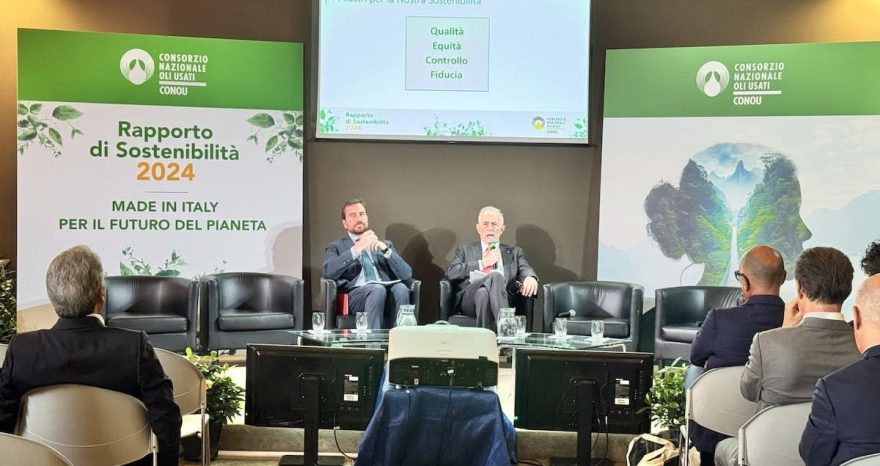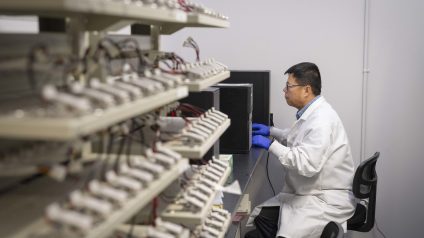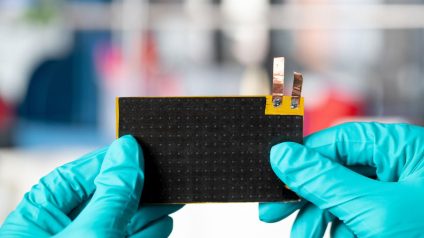In 2024, according to a UN report, the amount of electronic waste was estimated at 62 billion kilograms.
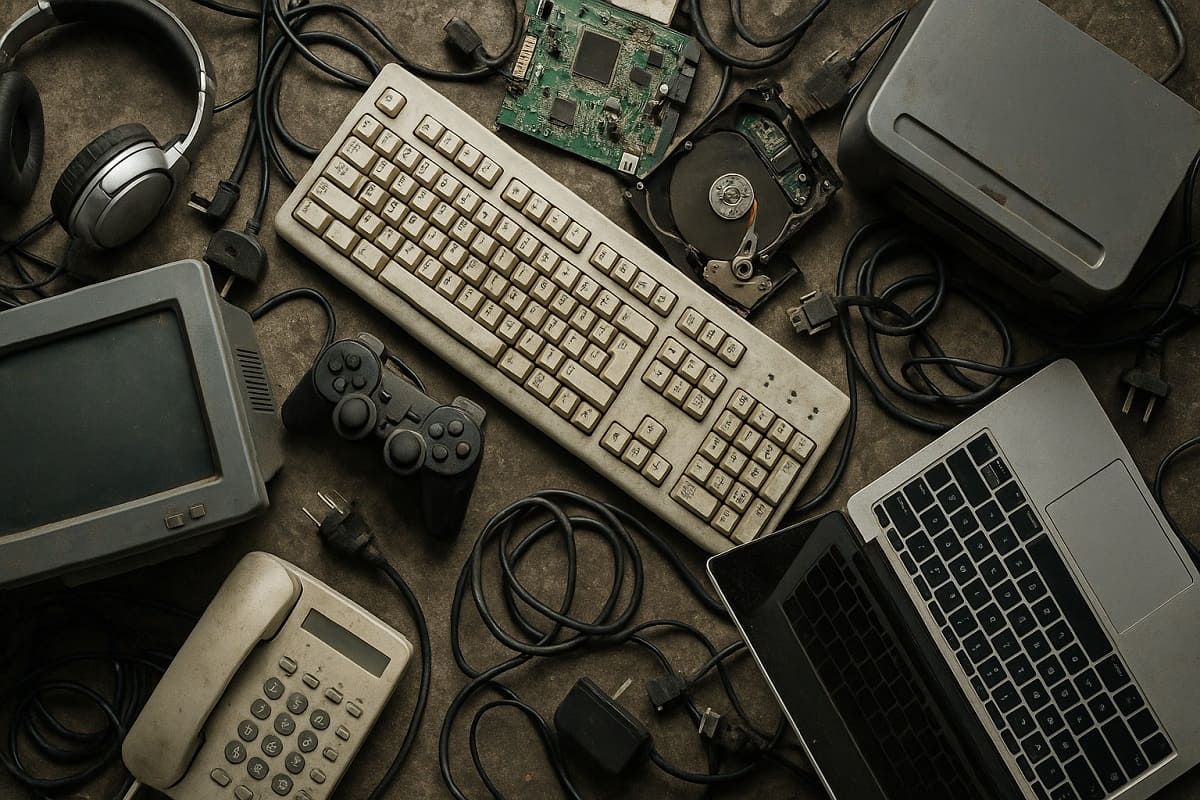
Recyclable electronic circuits and self-healing materials: the next frontier
We buy electronics, and when they stop working, or go out of fashion, we throw them away. According to a 2024 report by the United Nations, the world produced 62 billion kilograms of electronic waste last year. That’s the equivalent of 1.5 million garbage trucks filled with discarded devices. In just 12 years, global e-waste has nearly doubled and is expected to hit 82 billion kilograms by 2030. Only 13.8 billion kilograms are likely to be recycled, barely 20% of the total. Electronic waste is spiraling out of control and turning into a full-scale environmental crisis. Recycling systems just can’t keep up.
Recyclable electronic circuits with built-in resilience
A recent study published in Advanced Materials by two research teams at Virginia Tech offers a potential breakthrough: a recyclable material designed to make electronics easier to disassemble and reuse. The solution comes from two American scientists, Michael Bartlett, associate professor of mechanical engineering, and Josh Worch, assistant professor of chemistry, who believe that only a new class of materials can help mitigate the crisis.
Their answer? Recyclable electronic circuits that are electrically conductive, reconfigurable, and able to repair themselves after damage. Despite these advanced features, the material maintains the strength and durability of traditional circuit board plastics, qualities rarely found in a single compound.
At the core of this innovation is a vitrimer, a dynamic polymer that can be reshaped and recycled. Think of it as high-performance modeling clay. It’s then combined with droplets of liquid metal, which provide the required electrical conductivity. The real innovation lies in this combination: the vitrimer ensures flexibility and recyclability, while the metal enables conductivity.
Why this material could change everything
As professor Bartlett points out, this is no ordinary “electronic composite.” Traditional circuits are rigid and prone to failure under stress. The new material, on the other hand, stays functional even when bent, hit, or damaged. Devices built with it could keep working under physical strain and even heal themselves. This marks a turning point for the electronics industry, paving the way for more durable, efficient, and above all, sustainable devices.
Giving electronics a second life
Recycling conventional circuit boards typically involves multiple energy-intensive steps and still produces large amounts of waste. The process for recycling these new circuits, however, is simpler and more flexible. “Traditional circuit boards are made from thermosets that are extremely hard to recycle,” Worch explains. “Our dynamic composite, on the other hand, can be reshaped or repaired with heat without losing electrical performance. Modern boards can’t do that.”
At the end of their life cycle, vitrimer-based circuit boards can be disassembled using alkaline hydrolysis, allowing key components like the liquid metal and LEDs to be recovered. Full closed-loop reuse of all components remains a goal for future research.


